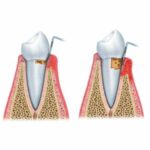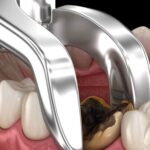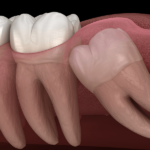What Is Geographic Tongue?
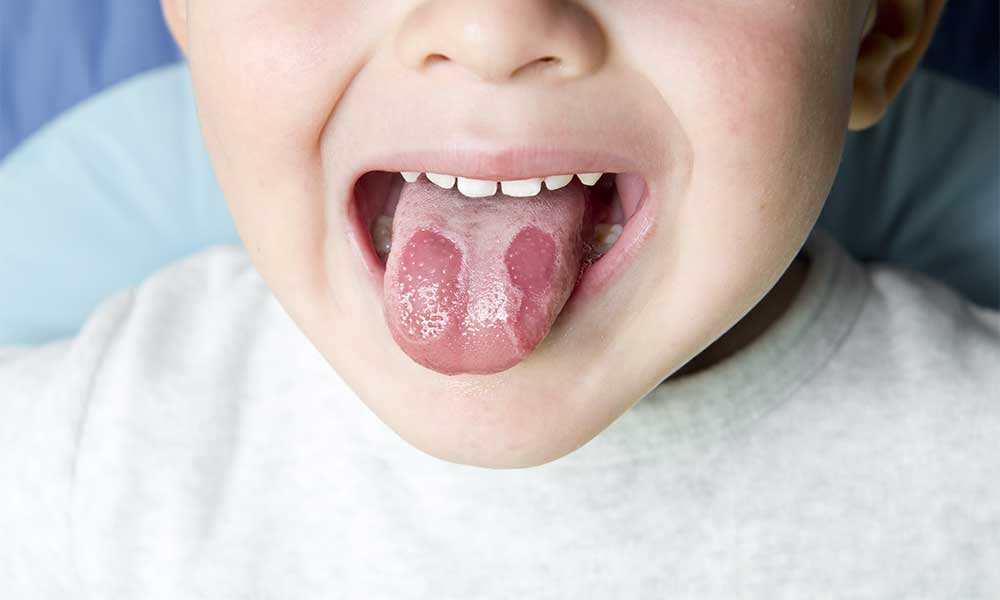
A mysterious ailment, Geographic tongue occurs when red patches appear on the top or sides of the tongue. The condition is not dangerous, but it can cause significant discomfort. Little is known about the causes of and risk factors associated with geographic tongue, and as such, there is little sufferers can do to prevent the condition.
Table of Contents
What is the classification for geographic tongue?
Geographic tongue is commonly classified as a specific type of glossitis. The condition is sometimes referred to as benign migratory glossitis or erythema migrans (not to be confused with the erythema migrans associated with Lyme disease skin lesions).
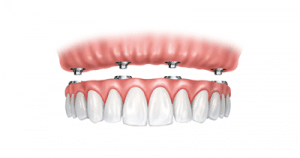
What are the signs and symptoms of geographic tongue?
Geographic tongue can be difficult to spot, in part because many sufferers demonstrate no clear symptoms. If symptoms do appear, they typically involve small, irregularly shaped lesions on the top or sides of the tongue. These patches appear in map-like formations; this accounts for the condition’s “geographic” name.
Lesions brought on by geographic tongue are smooth and red, but some may be pink or even white. Occasionally, lesions are surrounded by white, gray, or yellow borders. Patches may regularly change in size or shape. These shifts can occur within a matter of hours. The location of the lesions may also shift frequently, with patches beginning on the top of the tongue and spreading to the sides, or vice versa. In select cases, lesions may spread to cover the entire dorsal side of the tongue.
Some sufferers experience uncomfortable sensations such as pain or burning, often in response to eating spicy or acidic foods. On rare occasions, pain may also occur at the lymph nodes.
What causes geographic tongue?
Unfortunately, the cause of geographic tongue remains unknown. The condition tends to run in families, so genetics likely plays a significant role.
It is associated with psoriases, as psoriases sufferers are more likely than the general population to experience lesions on the tongue. However, the connection between psoriases and benign migratory glossitis remains misunderstood. Some medical professionals theorize that geographic tongue could be the oral manifestation of psoriases. According to this theory, both conditions are exacerbated or even brought on by stress. However, the link between these two conditions remains only backed up by anecdotal evidence, and not scientific research.
Other conditions associated with geographic tongue include juvenile diabetes, reactive arthritis (Reiter’s syndrome), fissured tongue, and select allergies, such as nickel sulfate. As with psoriases, many of these associations are anecdotal; additional research is needed to determine the exact origin of the condition and the validity of claimed co-morbidities.
How is this diagnosed?
Dentists often diagnose the benign migratory glossitis upon observing its symptoms during regular checkups. They may also watch for geographic tongue if patients complain of burning sensations. A typical geographic tongue examination involves close observation of the tongue and mouth with a lighted instrument, during which the dentist or hygienist may ask the patient to place his or her tongue in various positions to improve visibility. The surgeon may also gently touch the tongue to see how it responds and to observe any irregularities in texture. Geographic tongue examinations often involve searching for signs of infection, including swollen lymph nodes.
What are the treatment options for this?
Given time, the geographic tongue typically resolves itself. In some cases, those affected are never actually aware of the condition, particularly if their symptoms are mild and go away quickly. Other sufferers experience frequent remissions, followed by relapse. Targeted treatment is typically not necessary, but dentists or physicians may suggest a variety of simple solutions to manage associated discomfort. These include:
- Mouth rinses that contain an anesthetic
- Mouth rinses with antihistamine
- Corticosteroid rinses
- Over-the-counter pain relievers
Symptoms can also be managed simply by avoiding spicy and acidic foods, hot beverages, tobacco, and toothpaste that contain whitening agents or additives designed to control tartar. Experts also recommend drinking plenty of water, or chilled herbal teas if preferred.
February 01, 2023What You Need to Know About Dental Hygienists?
- September 16, 2021
What Is Geographic Tongue?
January 18, 2021What Is Halitosis?
September 17, 2020What Does a Periodontist Do?

